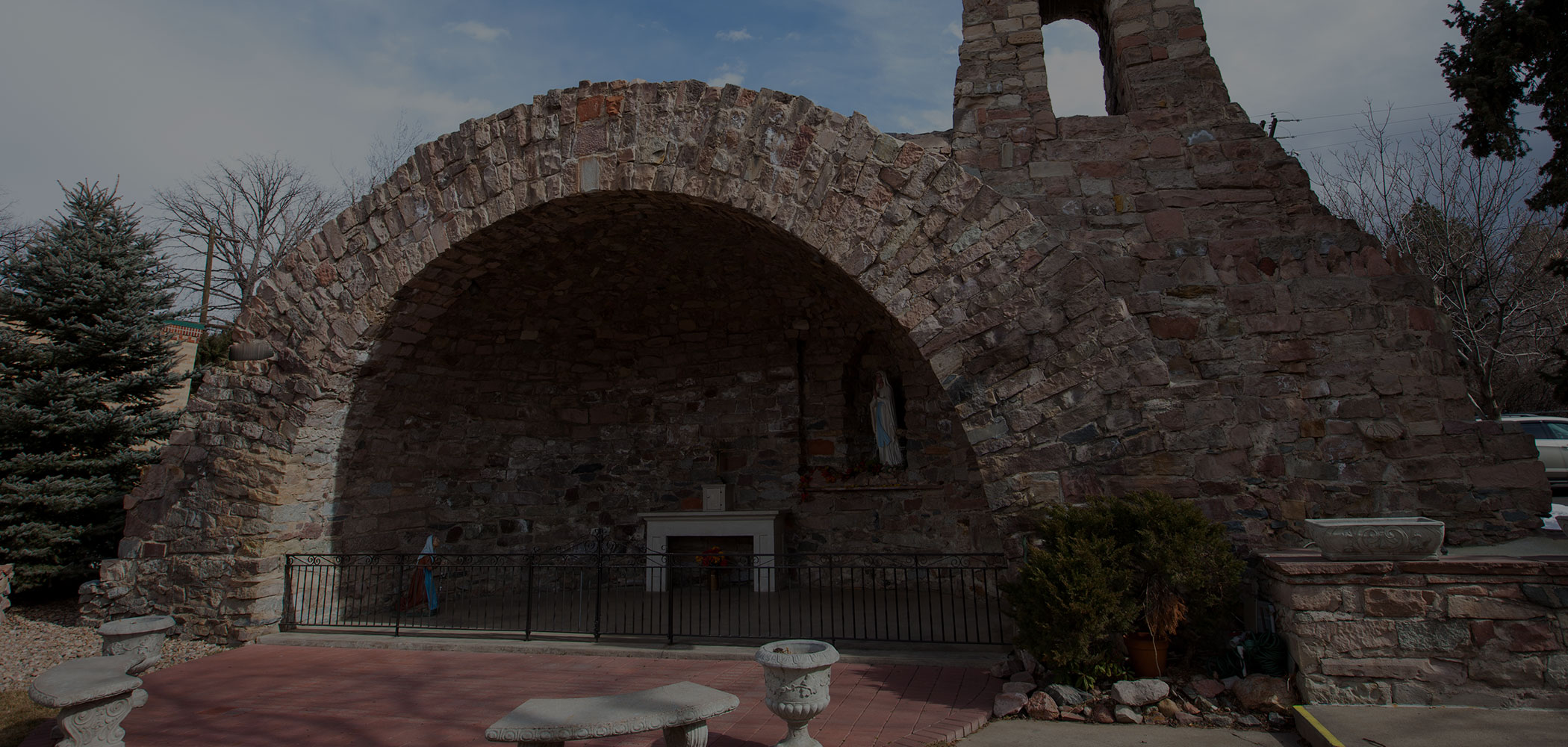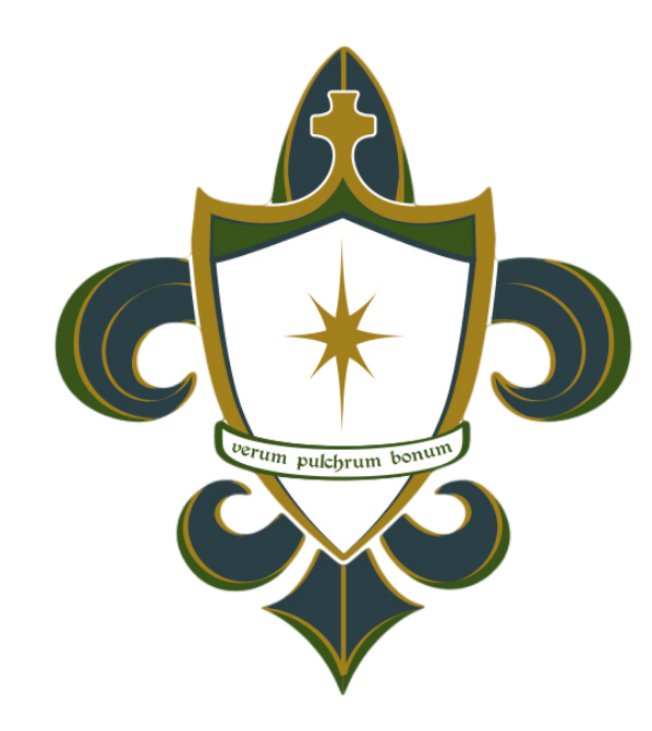Here more excerpts from the Catholic Church’s documents on education, which help to form and support Lourdes Classical’s vision.

More From the Church
Is Classical Education Catholic?1. INSPIRED BY A SUPERNATURAL VISION
“It is one of the formal tasks of a school… to aid his achieving that moral freedom which complements the psychological. Behind this moral freedom, however, stand those absolute values which alone give meaning and value to human life. This has to be said because the tendency to adopt present-day values as a yardstick is not absent even in the educational world. The danger is always to react to passing, superficial ideas and to lose sight of the much deeper needs of the contemporary world.” (CS, 30)
“Precisely because the school endeavors to answer the needs of a society characterized by depersonalization and a mass production mentality which so easily result from scientific and technological developments, it must develop into an authentically formational school, reducing such risks to a minimum. It must develop persons who are responsible and inner-directed, capable of choosing freely in conformity with their conscience. This is simply another way of saying that the school is an institution where young people gradually learn to open themselves up to life as it is, and to create in themselves a definite attitude to life as it should be.” (CS, 31)
2. FOUNDED ON A CHRISTIAN ANTHROPOLOGY
“Concepts such as truth, beauty and goodness have become so vague today that young people do not know where to turn to find help; even when they are able to to hold on to certain values, they do not yet have the capacity to develop these values into a way of life; all to often they are more inclined simply to go their own way, accepting whatever is popular at the moment.” (RDE, 9)
3. ANIMATED BY COMMUNION AND COMMUNITY
“…primary schools should try to create a community school climate that reproduces, as far as possible, the warm and intimate atmosphere of family life… An integration of school and home is an essential condition for the birth and development of all of the potential which these children manifest in one or the other of these two situations – including their openness to religion with all that this implies.” (RDE, 40)
“The first and primary educators of children are their parents. The school is aware of this fact, but, unfortunately, the same is not always true of the families themselves; it is the school’s responsibility to give them this awareness. Every school should initiate meetings and other programs which will make the parents more conscious of their role, and help to establish a partnership; it is impossible to do too much along these lines.” (RDE, 43)
4. IMBUED WITH A CATHOLIC WORLDVIEW THROUGHOUT ITS CURRICULUM
“A Catholic school must be committed to the development of a program which will overcome the problems of a fragmented and insufficient curriculum. Teachers… all have the opportunity to present a complete picture of the human person, including the religious dimension… Every society has its own heritage of accumulated wisdom. Many people find inspiration in these philosophical and religious concepts which have endured for millennia. The systematic genius of classical Greek and European thought has, over the centuries… given us a set of truths which we can recognize as a part of our permanent philosophical heritage. This perspective includes criteria such as the following: Respect for those who seek the truth, who raise fundamental questions about human existence… God created us ‘in his own image and likeness’ and will not deprive us of the truth necessary to orient our lives. The ability to make judgments about what is true and what is false; and to make choices based on these judgments. Making use of systematic framework, such as that offered by our philosophical heritage, with which to find the best possible human responses to questions regarding the human person, the world, and God…” (RDE, 55, 57)
“The endeavor to interweave reason and faith… makes for unity, articulation and coordination, bringing forth within what is is learned in school a Christian vision of the world, of life, of culture and of history… The various school subjects do not present only knowledge to be attained, but also values to be acquired and truths to be discovered… In this perspective, in the Christian educational project all subjects collaborate, each with its own specific content, to the formation of mature personalities.” (CSTTM, 14)
“A school uses its own specific means for the integral formation of the human person: the communication of culture… For the Church not only influences culture and is, in turn, conditioned by culture; the Church embraces everything in human culture which is compatible with Revelation and which it needs in order to proclaim the message of Christ and express it more adequately according to the cultural characteristics of each people and each age.” (LCS, 20)
“…the teacher should help students to see history as a whole… students can be invited to reflect on the fact that this human struggle takes place within the divine history universal salvation. At this moment, the religious dimension of history begins to shine forth in all its luminous grandeur.” (RDE, 59)
5. SUSTAINED BY GOSPEL WITNESS [OF TEACHERS]
“It is… indispensable to ensure [teachers’] continuing formation through some form of suitable pastoral provision. This must aim to animate them as witnesses of Christ in the classroom and tackle the problems of their particular apostolate, especially regarding a Christian vision of the world and of education, problems also connected with the art of teaching in accordance with the principles of the Gospel.” (CS, 78)
“The school considers human knowledge as a truth to be discovered… Discovery and awareness of truth leads man to the discovery of Truth itself. A teacher who is full of Christian wisdom, well prepared in his own subject, does more than convey the sense of what he is teaching to his pupils. Over and above what he says, he guides his pupils beyond his mere words to the heart of total Truth.” (CS, 41)
